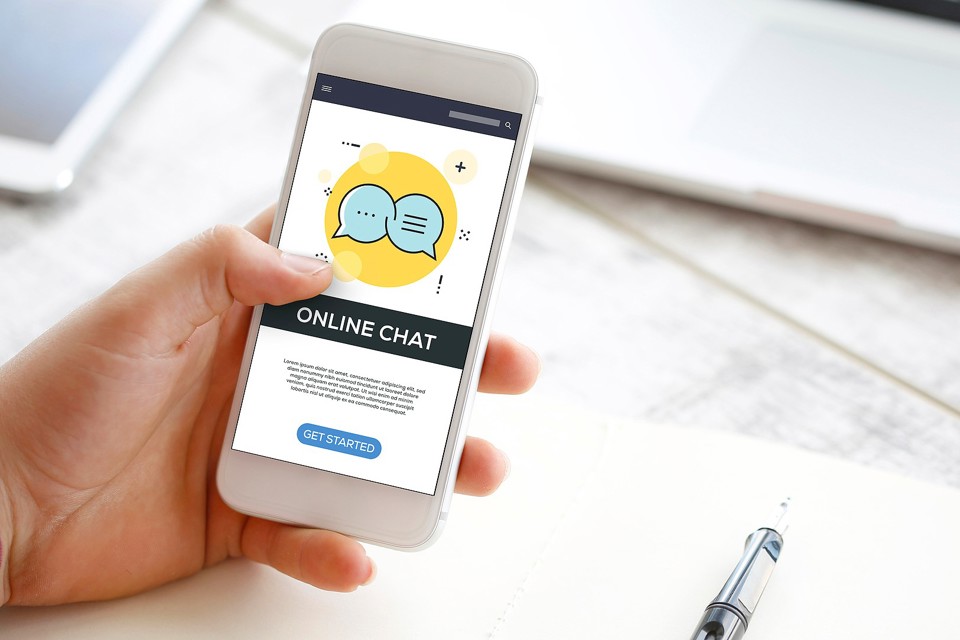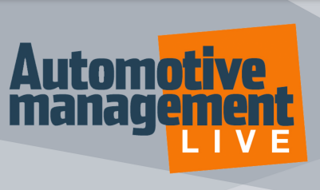Live chat and messaging are well established communication channels. But keeping track of several mediums and ensuring conversations continue uninterrupted even if undertaken over several days means dealers are turning to technology and outside expertise
1: Figure out where messaging fits in your business
Dealers need to consider how live chat and messaging fits into overall business strategy and how it should be managed.
Ian Godbold, marketing & CRM director at Cambria Automobiles, which uses Contact at Once, said: “Live chat is directed to the sales associates, they know the car, the location, and are in the right place to answer any questions.
“For aftersales, we have a call centre for outbound calls and we push the live chat through there. It has been in place for 18 months and it’s where we are seeing the increase online. You can confirm using the text facility and that’s where we are seeing the increase alongside the growth in mobile traffic.”
Contact At Once’s platform manages dealer chat and messaging from multiple sources, including Facebook Messenger and WhatsApp, while also connecting to other channels such as Auto Trader. Thom Coupar-Evans, the UK sales director of Contact At Once, said: “Live chat and messaging should be part of every business plan. We know 60% of traffic comes through mobile, and mobile devices are only used for calls for 20% of the time – the other 80% is for browsing online and messaging.
“Consumers need help at various different points, we know if you give the people the opportunity to engage at the top of the funnel, they will. We call it conversational commerce. We want our dealerships to build that relationship from the first moment they can establish a connection and take it all the way through the buying cycle and continue through to aftersales.”
Vee24’s automotive clients include Sytner Group, Halliwell Jones, Audi, Lexus, Toyota, Renault and Vauxhall with most using chat for sales, customer service, follow-up and aftersales.
Priya Iyer, Vee24’s chief executive, said: “Businesses need to plan for this by setting aside specific roles in the call centres and inside dealerships. Call centres are also able to offer extended hours. For Sytner, 44% of all online sales enquiries come between 6pm and 10pm.”
Jo McKeown, channel manager, automotive, at Moneypenny, said: “From the very start, we work closely with our automotive clients to discover exactly what their live chat needs are and how we can help their dealerships tap into even more quality sales leads. Our data found that over a third (37%) of chats occur outside of core office hours, with 16% taking place at weekends.
“These figures outline why live chat should no longer be a ‘nice to have’, but an essential part of any dealerships’ customer service offering and marketing tool belt.”
2: The rise of the machines – chatbots and artificial intelligence
Chatbots are beginning to handle some of the more straightforward conversations, such as requests for opening times or what is known as structured content, but seamless integration with humans is crucial.
Contact at Once is currently trialling the use of bots. Coupar-Evans said: “If the consumer is asking a question the bot can’t answer, it would seamlessly hand over to a human and the consumer would never have to leave the conversation window they are in or feel like there has been a disruption. Best practice is that you will know upfront whether you are talking to a bot.”
Vee24 also sees bots undertaking tasks such as FAQs as well as being designed to grow smarter from each interaction. Priya said: “We believe that people who can combine technology-powered personalisation with human intelligence will be the most successful.”
Moneypenny is also testing chatbots with Microsoft to manage simple questions, leaving people to focus on more complex enquiries. McKeown said: “It’s this ‘gold standard’ blend of real people and technology that offers retailers an opportunity to enhance their clients’ journey.”
3: Outsource or in-house?
Cambria opts for a hybrid approach, Godbold said: “We want our local associate to talk to our local guests.
At busy times, particularly Saturdays, they may be unable to answer and they will flip over to the call centre. The centre means we are 24/7, so consumers can engage with us any time. We have learned so much from the US about how to handle chats.”
Coupar-Evans agreed: “There isn’t anyone better placed to answer a question about a vehicle than a dealer, however, there are times when the dealer will be busy, so we should be their safety net in-hours but out-of-hours as well.”
Vee24 has seen the highest levels of success among clients with dedicated call centres and equipping staff with a live engagement platform. Call centre staff can forward enquiries with additional information to the
salesperson to continue, such as showing the car live on camera.
4: How live chat affects conversions
Cambria measures conversion by a consumer indicating a next step, such as providing an email address or phone number.
Godbold refers to this as a ‘hand-raiser’. In the months since launching live chat in 2008, conversion was 22%. Ten years on, it’s 70%. The slight gain on 2017’s 68% conversion rate is due to new technology providing valuable information while the chat is under way, such as the consumer’s location, the car they are looking at and minimum and maximum budget. The next step is to build a measurement model to enable tracking from live chat through to sale.
Godbold said: “We know the car they want while they are asking us questions. That’s a massive help because it really empowers the associate.”
Coupar-Evans claimed one of Contact at Once’s dealer clients had raised its answer rate from about 65% to 95-97% by switching to the company’s managed services. Contact at Once said it can generate a 20-30% increase in chat answered and subsequent lead volumes, with 70-75% of interactive conversations becoming leads. It claims that one in three interactive conversations in the US results in a sale within 60 days (corresponding research in the UK has yet to be undertaken).
According to Vee24, its clients Sytner and Halliwell Jones see at least 35% of all video chat engagement convert to test drives. Service customers rate at least 85 NPS (Net Promoter Score) while 94% of customer satisfaction scores are 4+/5.
5: Return on investment
Cambria judges ROI on which channel, such as a classified website or a particular search term, generated the live chat lead.
Contact at Once said its analysis of bigger groups and manufacturers in the UK showed it delivers a cost per lead of £8-£12. Moving from live chat into a messaging solution typically results in a further 5-10% increase in conversations while additional layers such as Facebook Messenger and Apple Business Chat sees a 20% uplift in conversation volume.
Declining to reveal its lead-to-sale conversion rates, Vee24 said many dealers experience double-digit growth.
McKeown said: “ latest data shows almost half (45%) of all the chats our receptionists handle for dealerships result in a new enquiry. That’s a significant amount, especially when research indicates that customers who engage in chats are 43% more likely to convert into a paying client.”
6: GDPR
Dealers must ensure that any third-party provider’s contract requires them to be GDPR-compliant, and that they make it clear to consumers how and why any data they provide will be shared with the dealer doing the processing.

















Login to comment
Comments
No comments have been made yet.